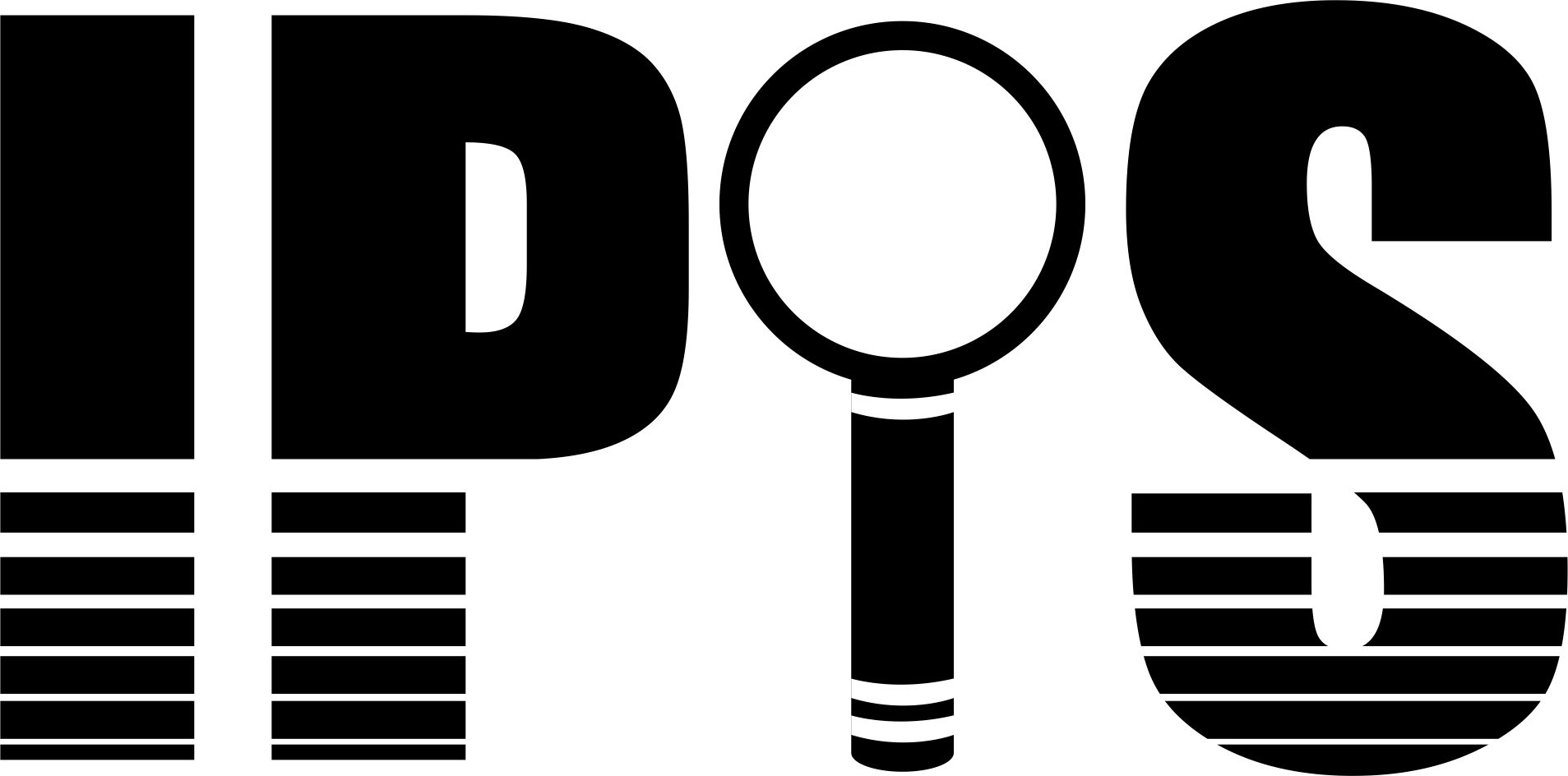“Building orientation is the practice of facing a building so as to maximize certain aspects of its surroundings, such as street appeal, to capture a scenic view, for drainage considerations, etc. With rising energy costs, it’s becoming increasingly important for builders to orient buildings to capitalize on the Sun’s free energy. For developers and builders, orienting a new home to take advantage of the warmth of the Sun will increase the home’s appeal and marketability. For homeowners, it will increase their indoor comfort and reduce their energy bills.
Thus, building orientation, along with daylighting and thermal mass, are crucial considerations of passive solar construction that can be incorporated into virtually any new home design. InterNACHI inspectors who consult with new homeowners can pass along this valuable information to help their clients reap long-term energy benefits and savings.
Facts and Figures
- Many older homes’ designs were oriented through the use of a heliodon, which is a moveable light source used to mimic the Sun’s path that hovered over a small-scale model of a proposed building. Today, mathematical computer models calculate location-specific solar gain and seasonal thermal performance with precision, and have the added ability to rotate and animate a 3D color graphic model of a proposed building design in relation to the Sun’s path.
- Homeowners may now tap into a specialty market of homes designed to spin on their axis in order to follow the hourly and seasonal path of the Sun. These UFO-shaped homes can spin a full 360 degrees in minutes and are built with unusually tall ceilings and windows for maximum efficiency in powering their solar energy system.
- While some passive solar features are relatively recent innovations, the practice of orienting a home to the path of the Sun is as old as civilization itself. Examples are numerous, from south-facing doors on Neolithic and ancient Ming Dynasty houses, to the astonishing Pueblo ruins in southwestern Colorado.
The Sun’s True Position
Schoolchildren (and most homeowners) will tell you that the Sun rises in the east and sets in the west, and, if this were true, building orientation would be a fairly simple matter. In reality, the sun rises and sets in the east and west only on the autumnal and vernal equinoxes, and something very different happens during the remaining 363 days of the year. The Earth’s tilt causes the Sun to rise and set slightly south of east and west in the winter, and slightly north of east and west in the summer. This slight angle depends on the time of year and the observer’s distance from the equator.
As a result, the winter sun spends all of its time in the southern sky, and the summer sun spends much of its time in the northern sky (the sun crosses over into the southern sky during part of the day, depending on latitude). In the Southern Hemisphere, all of these directions are reversed, so the winter sun rises and sets in the northeast and northwest, respectively, and the summer sun rises and sets in the southeast and southwest, respectively.” – InterNACHI
To read more, click here.
